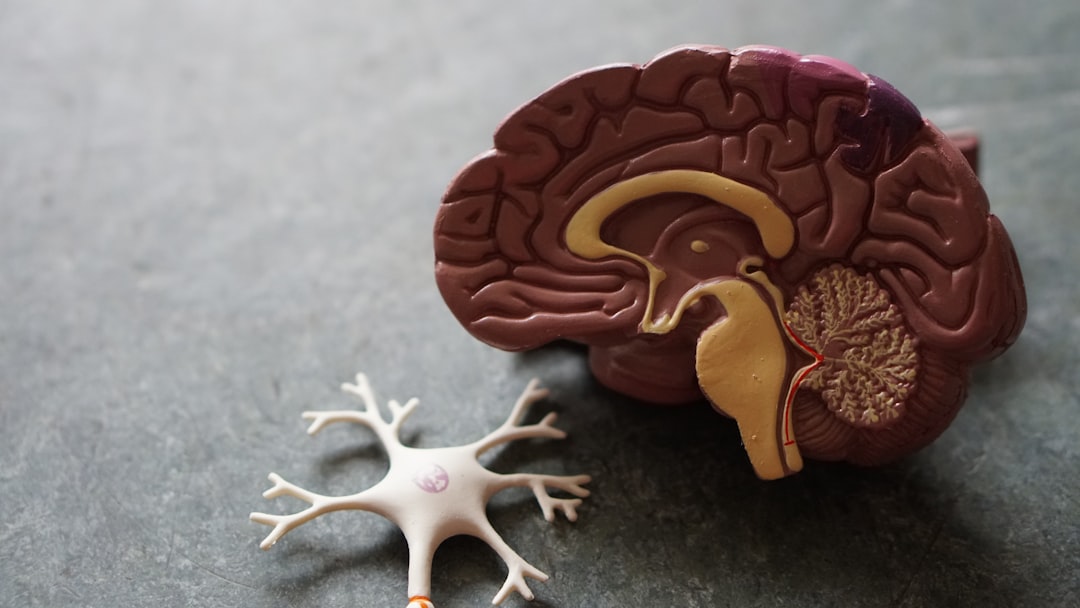What is it about?
In this work, we constructed a methodology for stabilizing a G protein-coupled receptors (GPCRs) in the inactive state whose wild-type structure is unknown solely by mutations. The methodology is a combination of our statistical-thermodynamics theory and the techniques of evolutionary molecular engineering. The methodology was illustrated for the serotonin 2A receptor. We could identify a double mutant whose apparent midpoint temperature of thermal denaturation is higher than that of the WT by over 15 °C. Moreover, it exhibits higher binding affinity for spiperone, an antagonist.
Featured Image

Photo by Braňo on Unsplash
Why is it important?
GPCRs form a large, physiologically important family of membrane proteins. They are currently most attractive targets for drug discovery. For efficient drug design, it is required that the three-dimensional structure of a target GPCR be determined with sufficiently high resolution. However, the determination is a rather difficult task because the structural stability of a GPCR is intrinsically low. Our methodology for enhancing the GPCR stability enables us to overcome this problem and sheds light on the progress of efficient, structure-based drug design.
Read the Original
This page is a summary of: A methodology for creating thermostabilized mutants of G‐protein coupled receptors by combining statistical thermodynamics and evolutionary molecular engineering, Protein Science, August 2022, Wiley,
DOI: 10.1002/pro.4404.
You can read the full text:
Contributors
The following have contributed to this page










